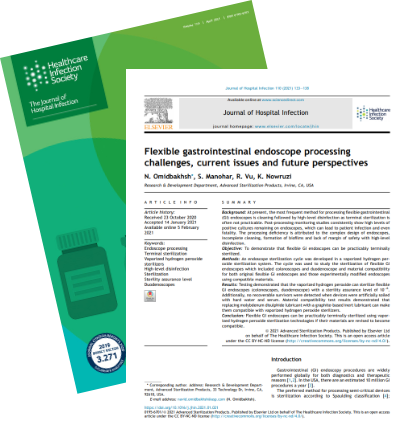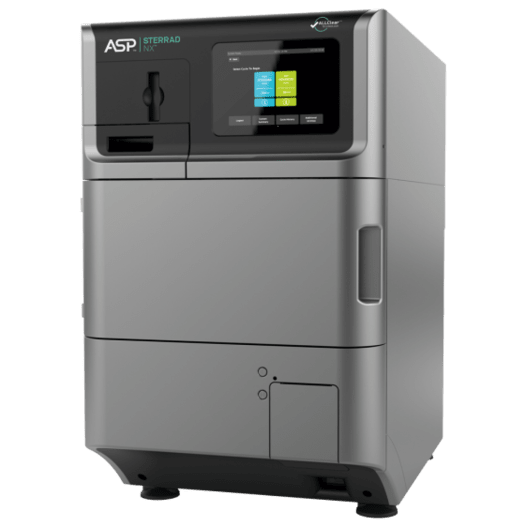The most common method of reprocessing flexible gastrointestinal (GI) endoscopes is cleaning and subsequent high-level disinfection, as low-temperature sterilization is often impractical.1
In this study, the research and development team from Advanced Sterilization Products examine the challenges of flexible endoscope reprocessing and the feasibility of low-temperature sterilization.


